Black and white films are such a staple of cinema that sometimes they are referred to as a separate genre, even though the style obviously encompasses all genres. The masterful and atmospheric use of black and white cinematography is no easy task; once upon a time, it was the only option filmmakers had, but they kept using it long after color was introduced.
And what was it about this technique that captured directors so? Color and monochrome are not just two different techniques, they are two opposing aesthetics. Everyone has heard of Casablanca, Citizen Kane, and Dial M For Murder, so this list is devoted to foreign milestones of monochrome cinema that some may not have heard.
10 Roma (2018) – Mexico
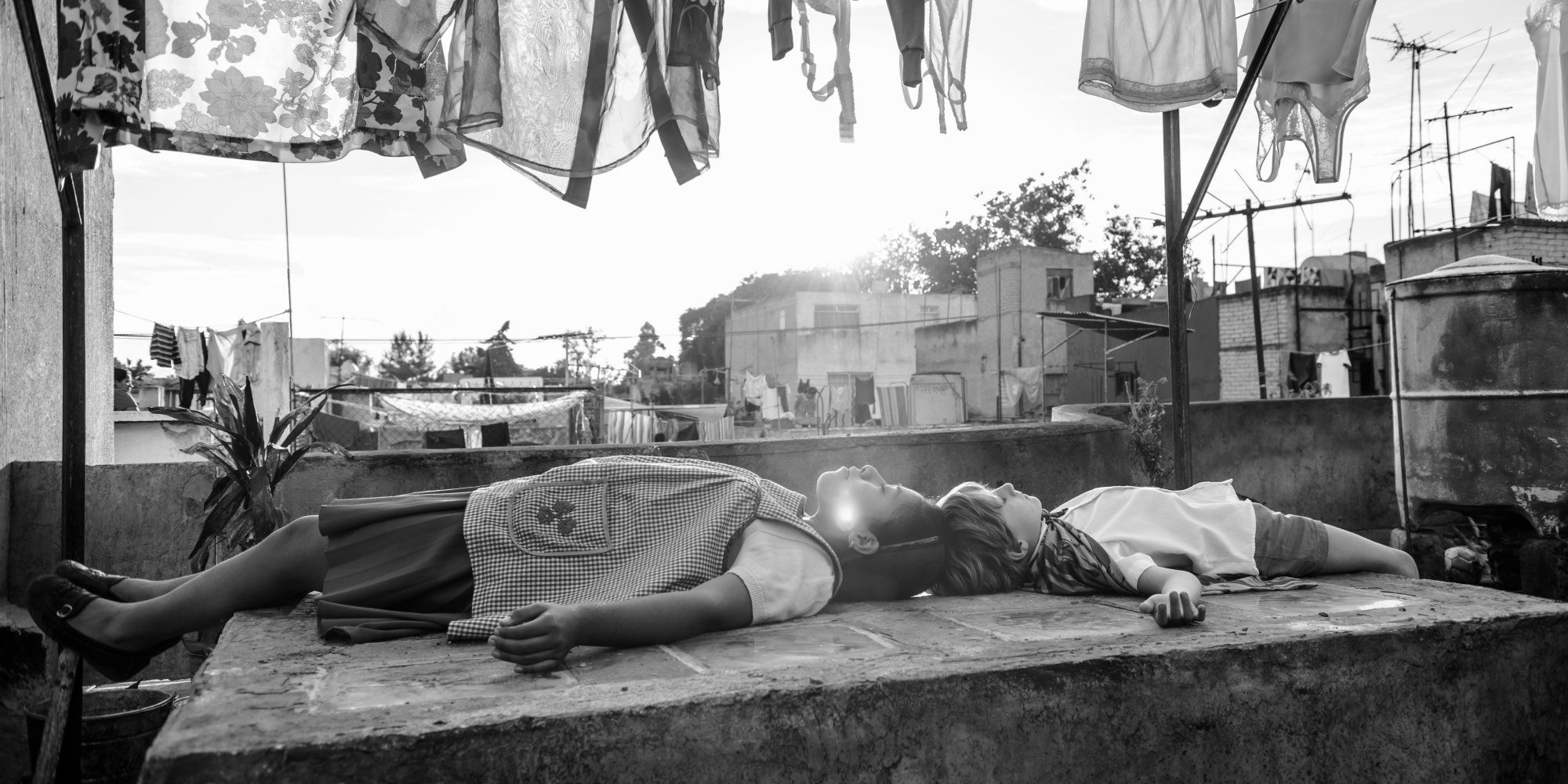
Roma is universally acclaimed and beautiful but has not endured the test of time yet. Alfonso Cuaron’s latest masterpiece is semi-autobiographical and relates parts of the life story of native housekeeper Cleodegaria "Cleo" Gutiérrez (Yalitza Aparicio), who works for a well-off family in the Colonia Roma neighborhood of Mexico City in the 70s.
With accurate depictions of life in Mexico and stunning locations, this movie was the first Netflix Original to be added to the Criterion Collection.
9 Stella / Στέλλα (1955) – Greece
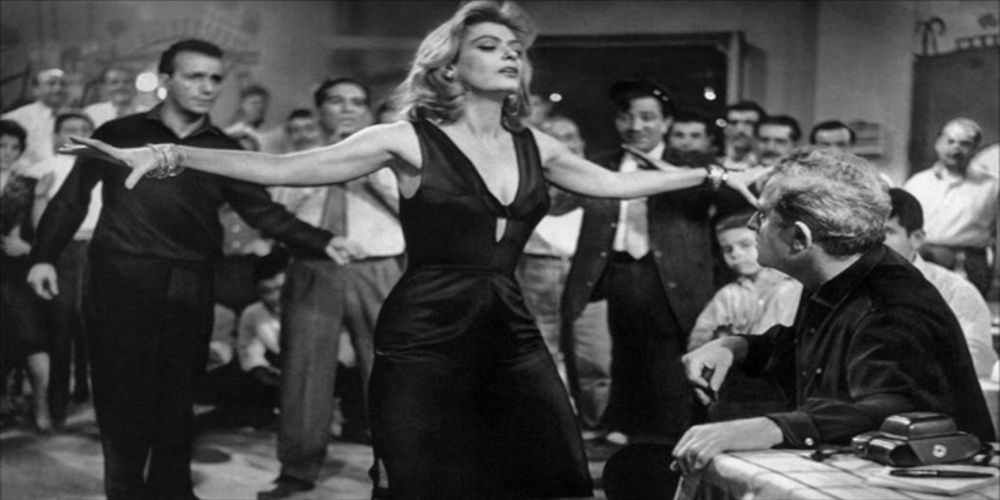
This movie by Mihalis Kakogiannis has gained international fame and is a pivotal part of Greek Cinema; it was a modern retelling of the Opera Carmen. Stella is a young and passionately independent woman and also the main rebetiko singer in a nightclub in Athens.
She is in a loving relationship with Aleko but breaks up when she realizes he wants a lifelong commitment. When Stella starts dating Miltos, everything seems ideal until she understands that he will do anything to keep her as his own. The film won the Golden Globe for Best Foreign Film and was nominated for the Palme D’Or at Cannes.
8 M – A City Searches For A Murderer / M – Eine Stadt Sucht Einen Mörder (1931) – Germany
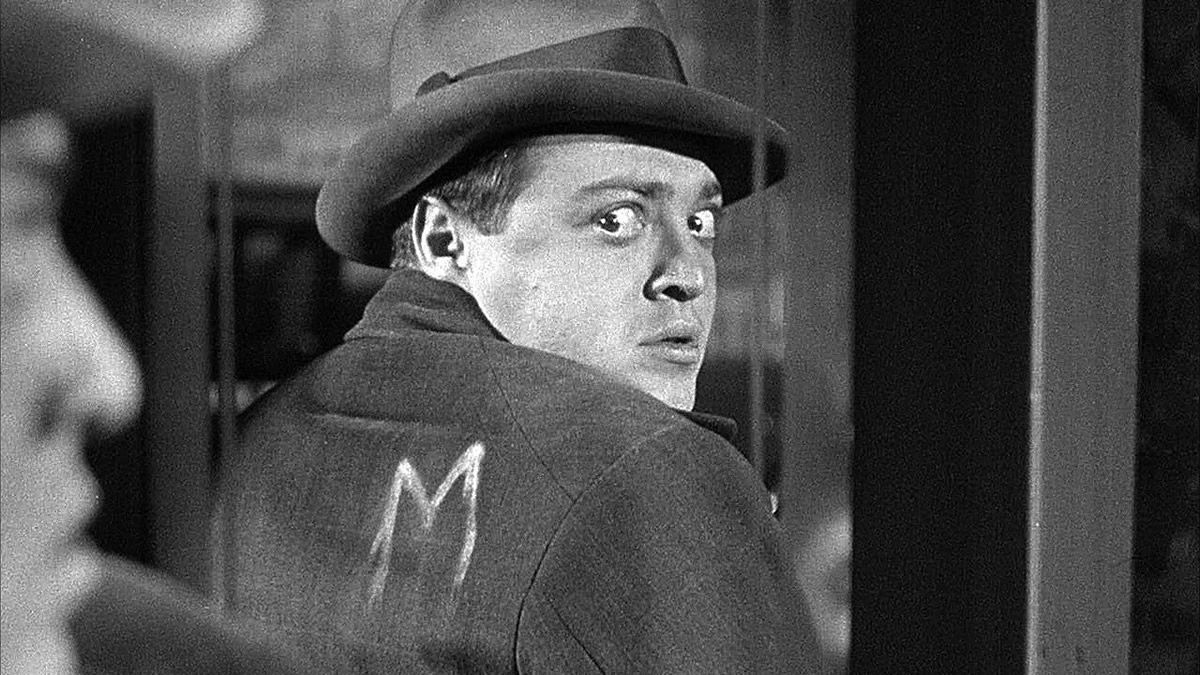
M is one of the first crime thrillers and has become a classic. Fritz Lang’s magnum opus narrates the tale of an entire city’s intense manhunt for a children’s serial killer.
As the police intensify their search and completely disrupt the criminal underworld through continuous raids and forceful searches, the organized crime lords decide to take the situation into their own hands and track down the killer. When he is found and dragged into a farce of a court, a very interesting trial ensues and raises the question of who is fit to judge others.
7 The 400 Blows / Les Quatre Cents Coups (1959) – France
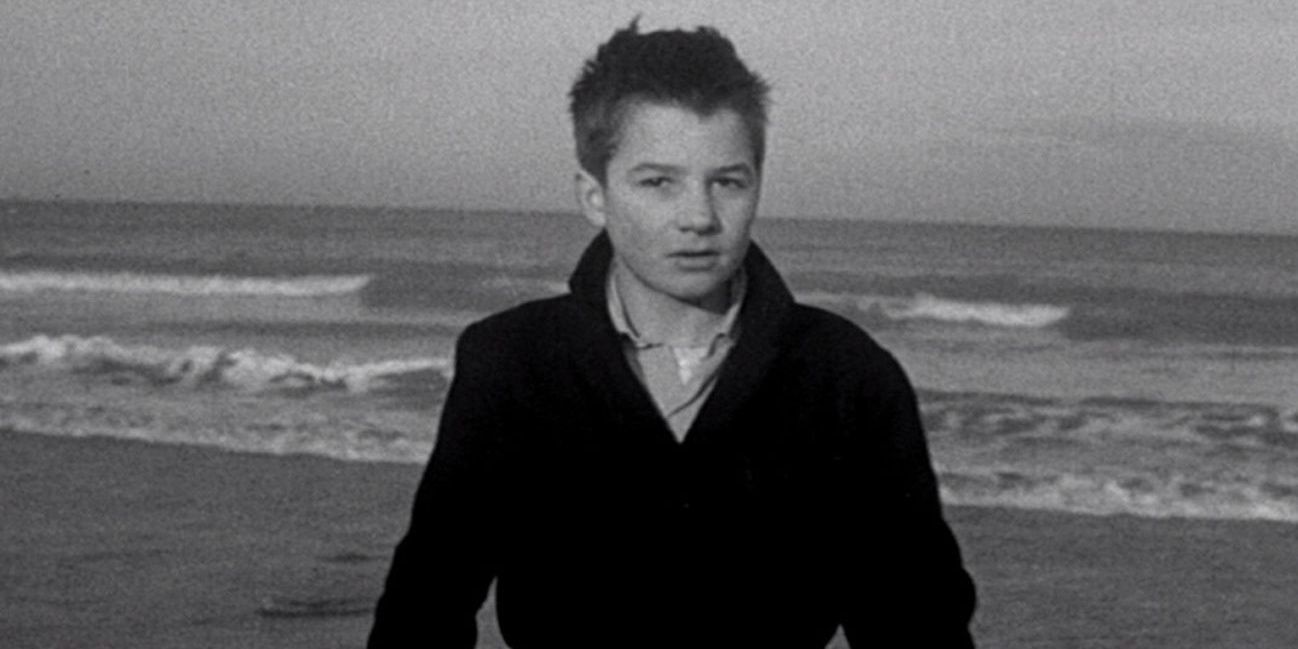
This film is a prime example of the French New Wave and the directorial debut of François Truffaut. It came 40th in the list of Critics’ Top 250 Films in the 2012 Sight & Sound critics’ poll.
The 400 Blows narrates the story of Antoine Doinel, a young boy in 50s Paris that has trouble in school and with his family. Antoine cannot adjust to school life and frequently runs away from both home and school. He ends up spending a night in jail and then in a juvenile detention center. The film ends with him escaping to see the ocean for the first time.
6 Wings Of Desire / Der Himmel Über Berlin [Lit. The Heaven Over Berlin] (1987) – West Germany
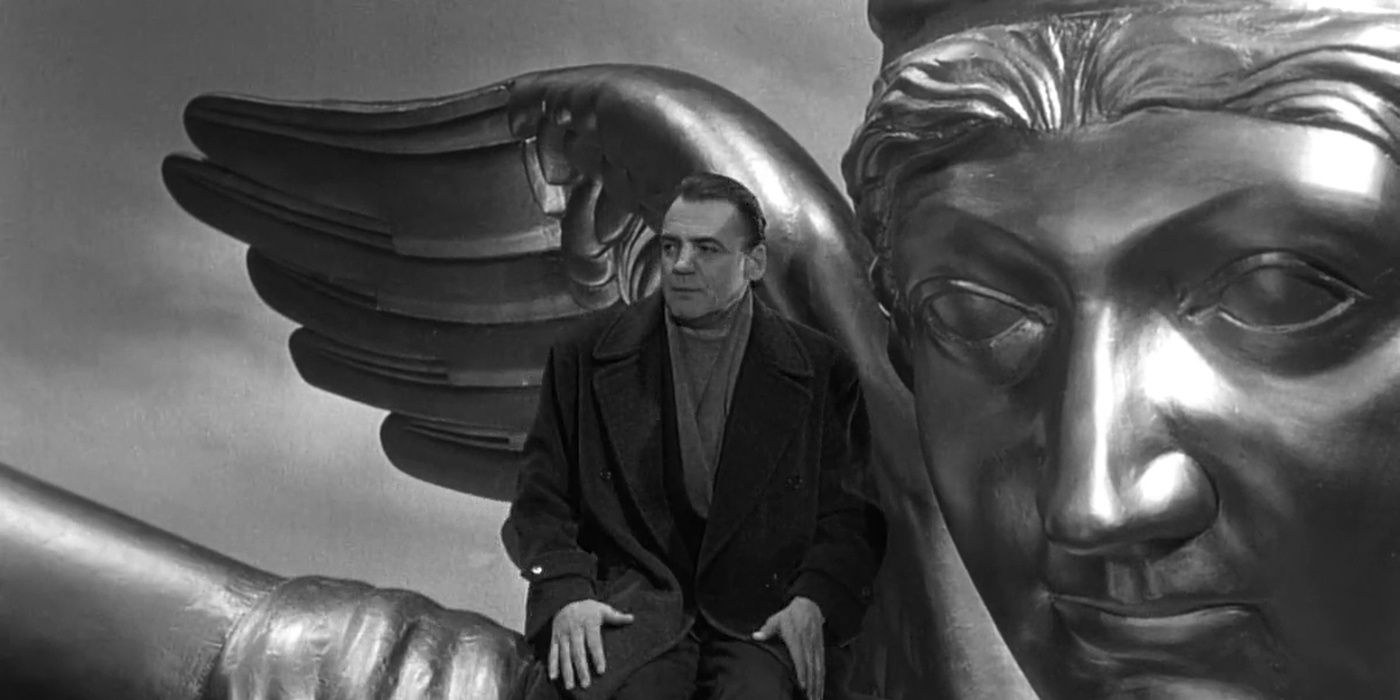
This beautiful movie by Wim Wenders is deeply allegorical and a staple of German cinema. Angels live over a still divided Berlin (like they live all over the world); invisible to humans and unable to participate in their everyday lives and experiences, their sole purpose is to observe and balance reality.
However, Damiel, an angel, craves human experiences and emotions, touch, taste, and risk-taking. He falls in love with Marion, a trapeze artist, and decides to “fall,” thus becoming mortal. In the film’s end, the movie shifts from black and white to color, symbolizing the change of Damiel from angel to human; living less safely with a vaguer and undefined purpose, but with more feeling, more vigor, hence more “color.”
5 Metropolis (1927) – Germany
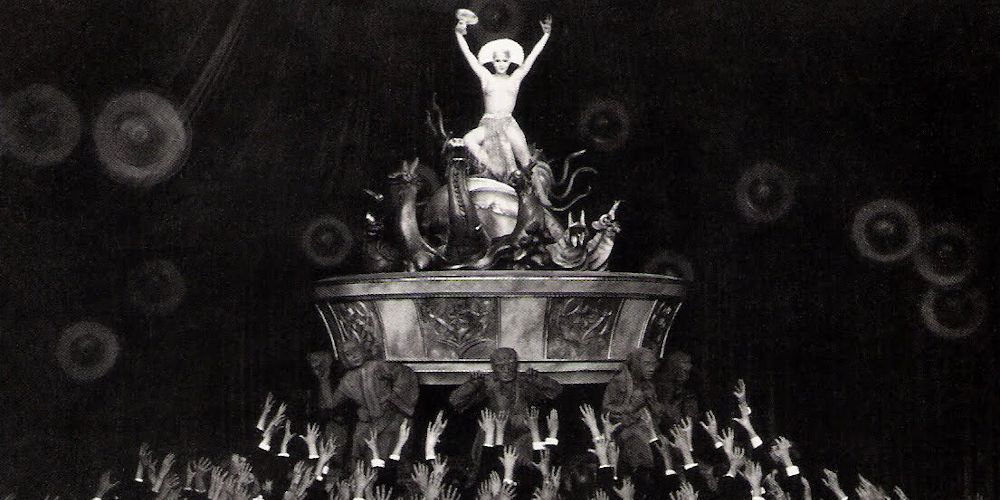
Metropolis (again by Fritz Lang) is one of the first sci-fi movies and a great example of German Expressionism (it is also one of two silent films on the list). Roger Ebert called it “one of the great achievements of the silent era, a work[…] audacious in its vision and[…] angry in its message.”
In the year 2030, a select few business magnates and wealthy industrialists live in luxurious skyscrapers, while millions of poor workers live underground and keep the huge city of Metropolis running by operating machines. Freder, the son of the city’s master, lives a privileged and sheltered life until he meets Maria, one of the workers.
4 Tokyo Story / 東京物語 [Tōkyō Monogatari] (1953) – Japan
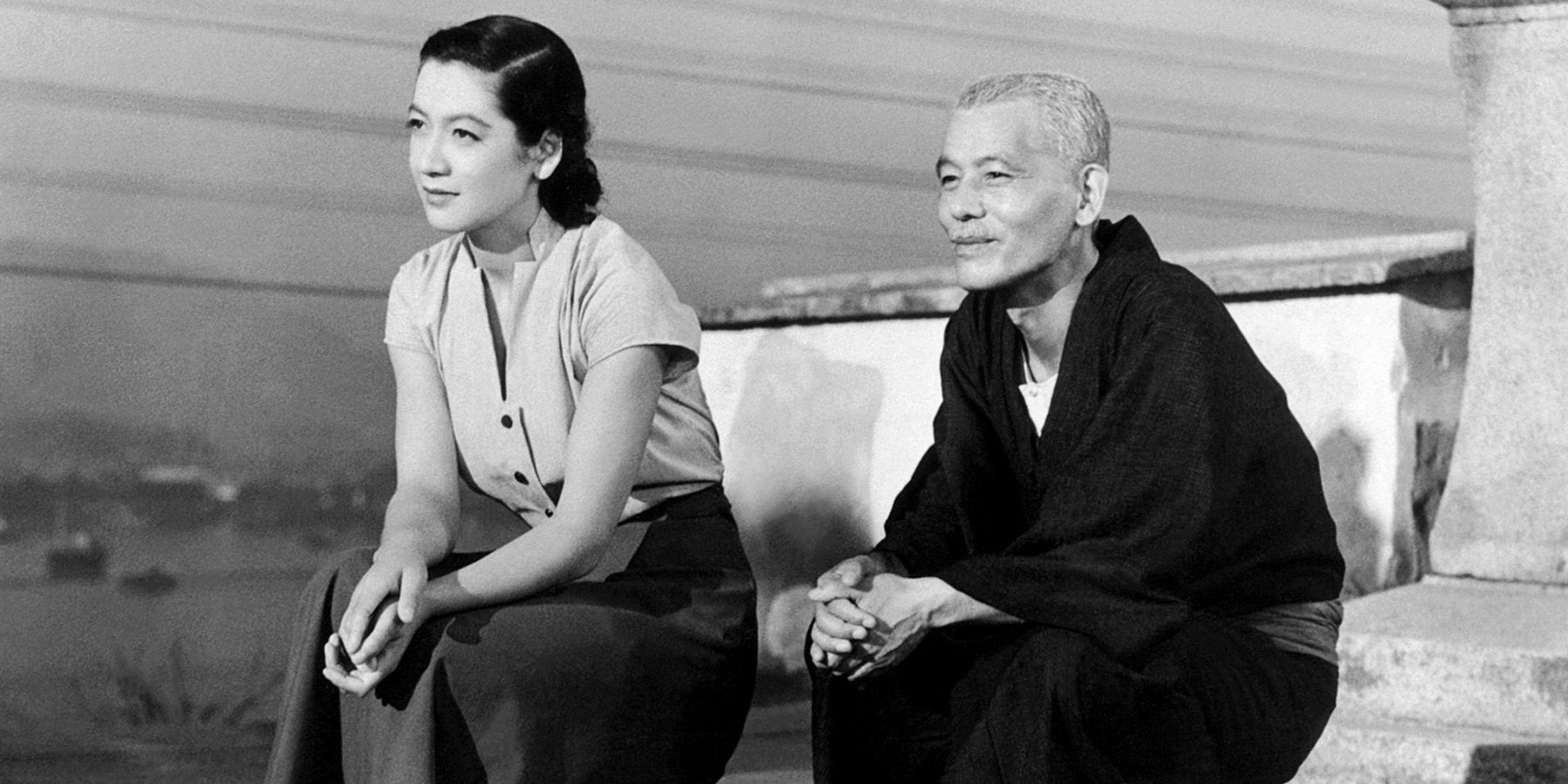
This touching film by Yasujirō Ozu narrates parts of the life of the extended Hirayama family: Shūkichi and Tomi, their four children (and one deceased), their sons and daughters-in-law, and their two grandchildren. Shūkichi and Tomi are a retired couple who live in a small town and go to visit their children in Tokyo, but their busy careers prevent them from spending too much time with their parents.
The only one who goes out of her way to be with them is Noriko, the widow of their deceased son, Shoji. The film beautifully explores the inevitability of the eventual chasm between parents and children.
3 Battleship Potemkin / Бронено́сец «Потёмкин» [Bronenosets Potyomkin] (1925) – Soviet Union
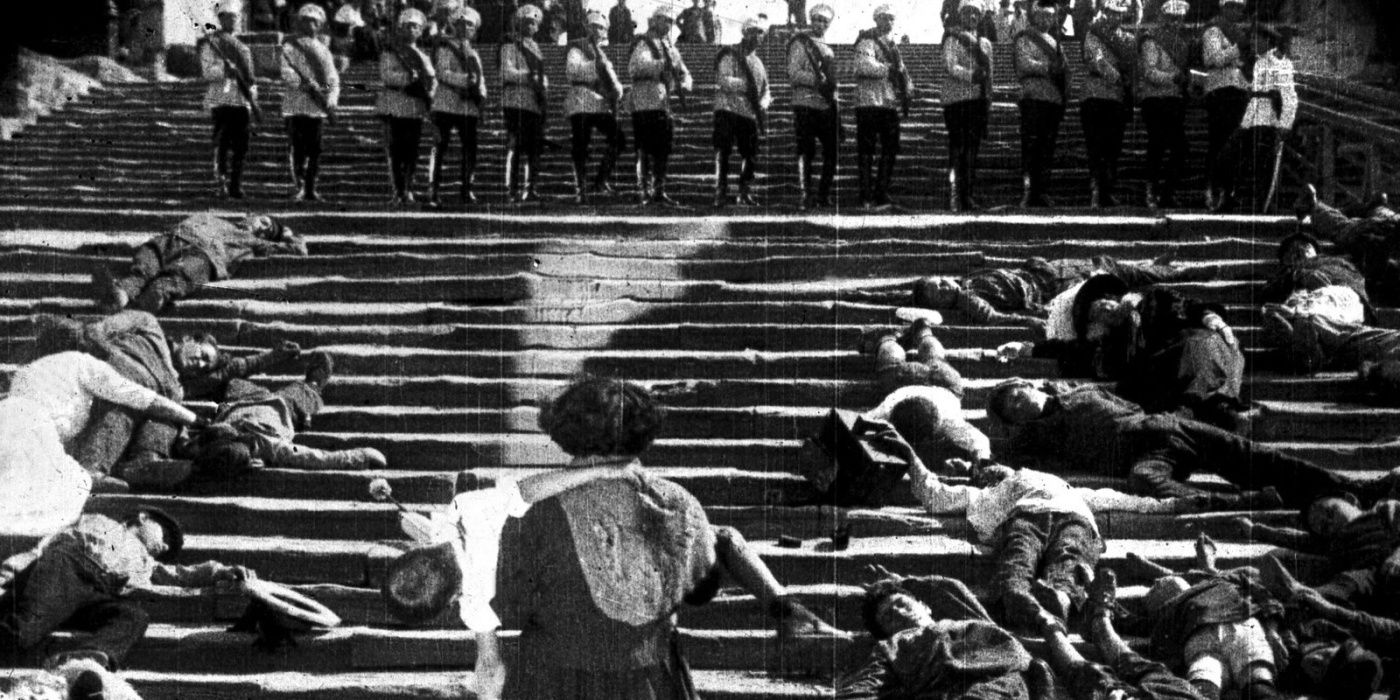
The second silent film on the list, this Soviet Russian epic was considered Marxist propaganda by many western countries at the time and was banned retroactively in Germany from 1933 to 1945.
Battleship Potemkin is by the Soviet auteur Sergei Eisenstein (also known for October and Alexander Nevsky). The story starts unfolding in June 1905, when sailors of the battleship Potemkin of the Imperial Russian Navy rise against the oppressive officers in command during the 1905 rebellion. The film is divided into five acts, each one with its own title.
2 The Seventh Seal / Det Sjunde Inseglet (1957) – Sweden
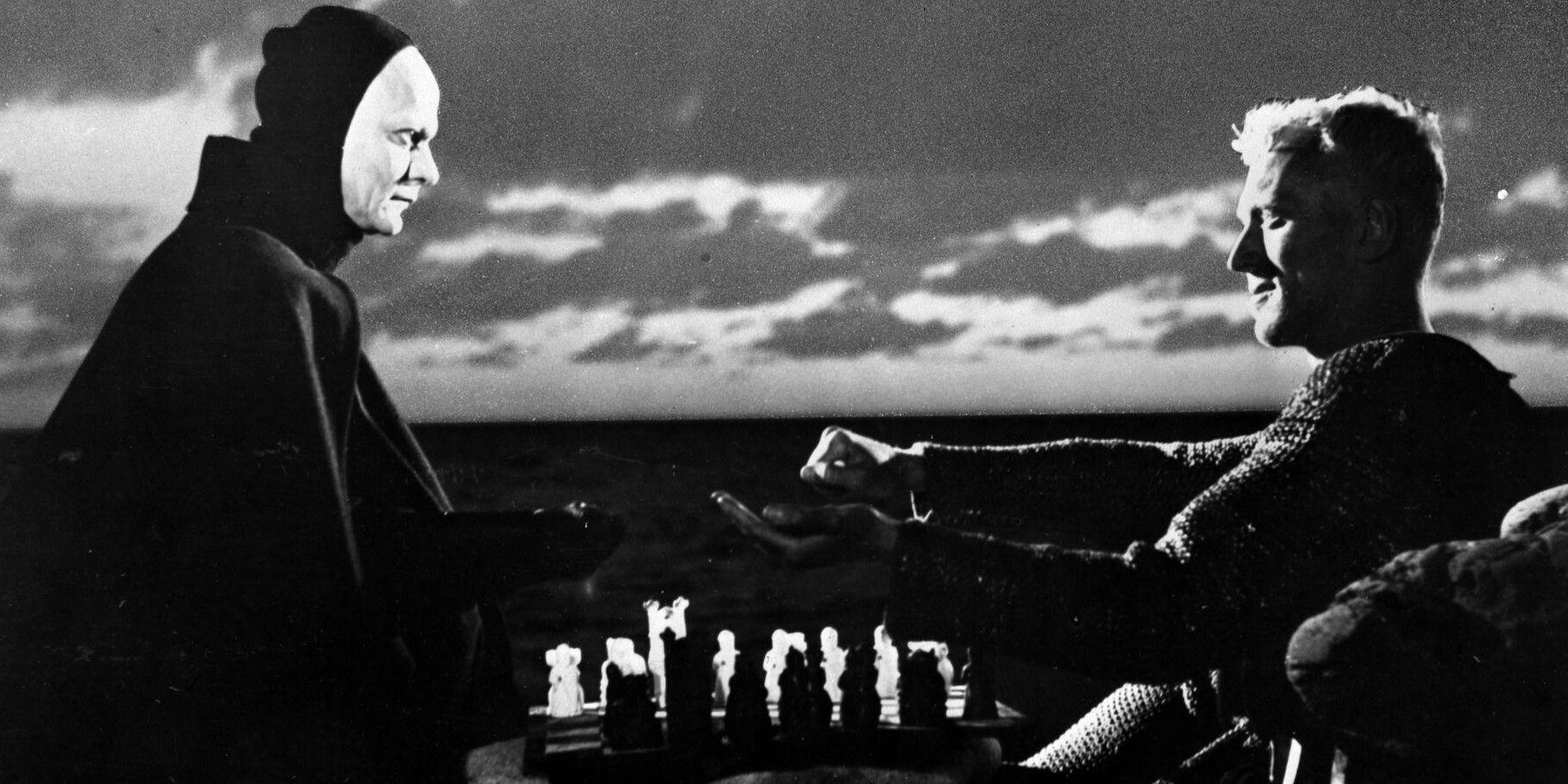
This film, written and directed by Ingmar Bergman, takes place in medieval Sweden during the Black Plague and follows a knight, Antonius, that returns home from the crusades. Upon arriving, he is approached by Death/the Grim Reaper, who has come to collect him.
Antonius challenges him to a game of chess for his life, believing that he can survive and receive answers to his questions about life and God, as long as the game continues. On his way to his castle, he meets a traveling company of actors that he invites back with him, while Death follows them and the two keep advancing in their chess game.
1 Throne Of Blood / 蜘蛛巣城 [Kumonosu-jō, Lit. Spiderweb Castle] (1957) – Japan
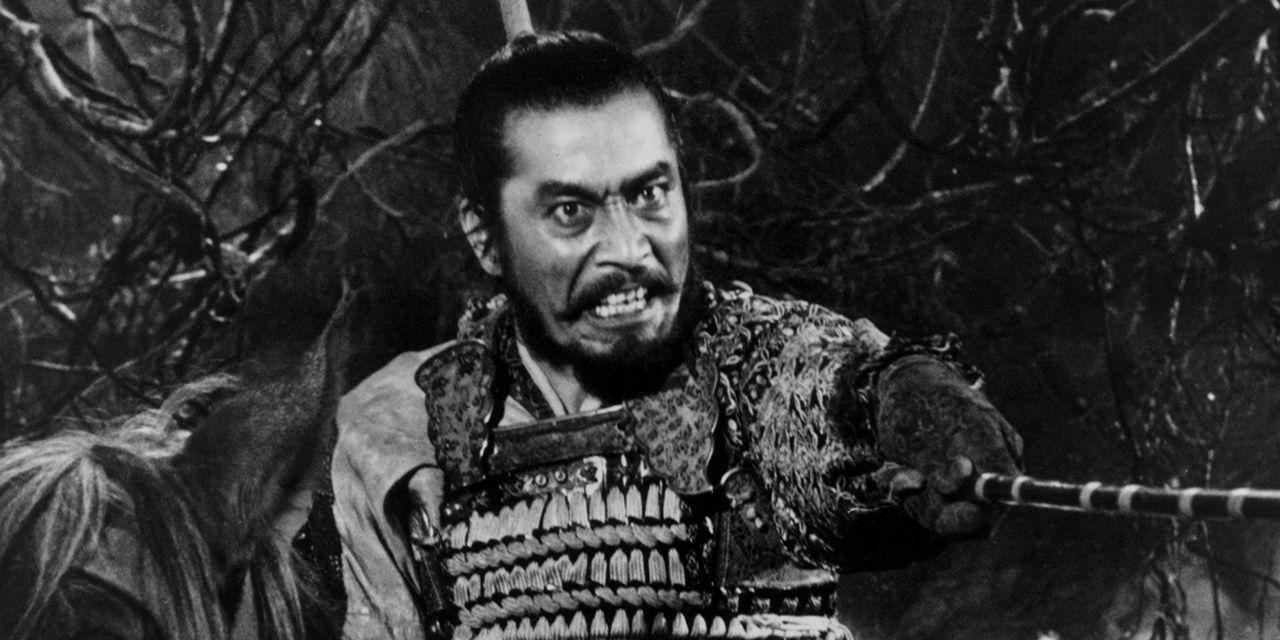
This definitive masterpiece by Akira Kurosawa is a loose adaptation of Shakespeare’s Macbeth. Washizu is a Samurai commander under Lord Tsuzuki, a resident lord, who rules in the castle of the Spider's Web Forest.
Washizu is told by a spirit that he will be appointed Lord of the Northern Garrison and one day will rule over Tsuzuki’s castle. The first foretelling soon comes true and Washizu is convinced by his wife, Asaji, to murder Lord Tsuzuki and usurp his place. Washizu enters a cycle of blood and suspicion in his efforts to retain control and power over what he claimed through murder.
from ScreenRant - Feed https://ift.tt/3hZy0d0
via IFTTT







0 comments:
Post a Comment